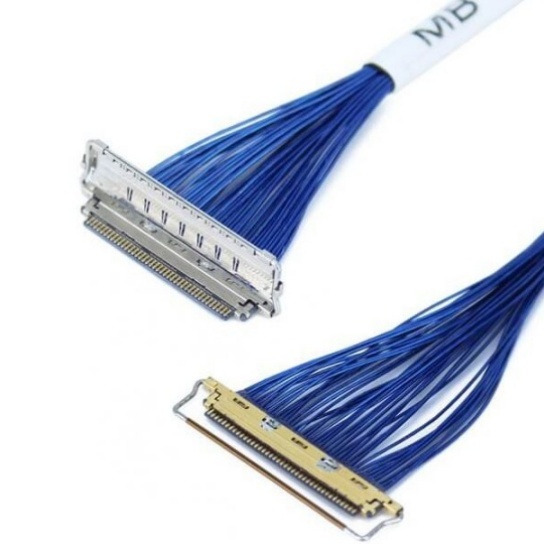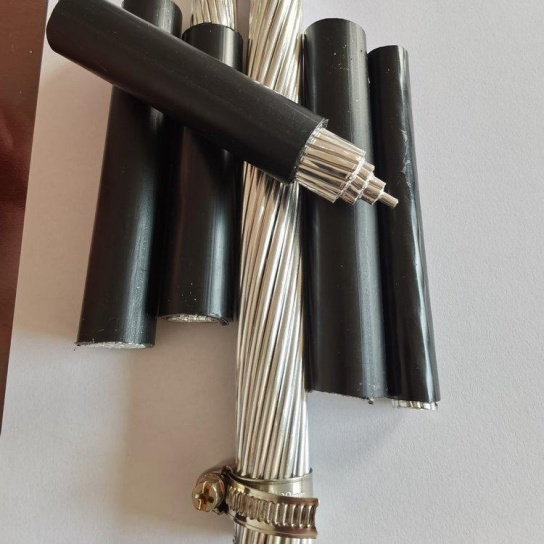How to Achieve Redundancy Design in Aviation Cables
- Understanding the Need for Redundancy
Aviation cables operate in extreme environments characterized by high vibration, temperature fluctuations, electromagnetic interference (EMI), and mechanical stress. Key systems like Full Authority Digital Engine Control (FADEC) and fly-by-wire flight controls demand near-perfect reliability. Redundancy ensures:
Operational Continuity: Backup systems take over seamlessly during primary system failures.
Safety Compliance: Meets stringent regulations (e.g., FAA FAR 25.1309, EASA CS-25).
Mission Success: Critical for unmanned aerial vehicles (UAVs) and long-haul flights where repairs are impractical.
- Core Redundancy Design Strategies
A. Multi-Layered Physical Redundancy
Dual/Triple/Quadruple Wiring:
Critical Signals: Deploy multiple independent cables for essential signals (e.g., throttle commands, sensor data). For example, the Boeing 787 uses quadruple-redundant cables in its flight control systems.
Separate Routing Paths: Route redundant cables through different structural zones to avoid simultaneous damage from localized events (e.g., fire, impact).
Hybrid Media Integration:
Combine fiber optics (immune to EMI) and copper cables (cost-effective for power) to leverage their complementary strengths. The Airbus A350 employs fiber-optic cables for data and copper for power redundancy.
B. Signal and Protocol Redundancy
Dual-Channel Communication:
Use protocols like MIL-STD-1553B (dual-bus architecture) or ARINC 664 (AFDX) (redundant Ethernet links) to validate data across channels.
Implement cross-monitoring circuits to detect signal deviations and trigger automatic switching to healthy channels.
Triple Modular Redundancy (TMR):
Deploy three parallel processing units with majority voting logic to override faulty outputs. This method is used in FADEC systems for engines like the GE90.
C. Power Redundancy
Dual Power Sources:
Independent power buses (e.g., main generator, auxiliary power unit (APU), and batteries) ensure continuous supply.
ORing MOSFETs: Replace traditional diodes to isolate failed power sources, reducing voltage drops and heat generation.
Battery Backup Systems:
Lithium-ion batteries provide emergency power to critical cables during generator failures, as seen in the Boeing 777’s electrical system.
- Material and Manufacturing Considerations
A. High-Performance Materials
Conductors:
Silver-plated copper or carbon nanotube-reinforced alloys enhance conductivity and withstand temperatures up to 300°C.
Insulation and Shielding:
Multi-layer shielding (e.g., foil + braid + conductive polymer) protects against EMI and arcing.
Ceramic-Polymer Hybrids: Materials like CeramCore™ offer fire resistance and flexibility.
B. Connector Reliability
MIL-SPEC Connectors:
MIL-DTL-38999 series connectors with self-locking mechanisms ensure stable connections in high-vibration environments.
Modular Design:
Tool-less connectors reduce installation errors and maintenance time.
- Validation and Certification
A. Rigorous Testing Protocols
Environmental Testing:
DO-160G Compliance: Simulate extreme conditions (thermal cycling, vibration, humidity) to validate performance.
Fault Injection Testing: Artificially induce failures (e.g., short circuits, signal noise) to verify redundancy activation.
Fire Safety Standards:
Cables must meet FAR 25.863 requirements, including 15-second fire resistance and low smoke/toxicity.
B. Failure Mode Analysis
Use Failure Modes and Effects Analysis (FMEA) to identify risks and optimize redundancy configurations.
Ensure failure probabilities align with <10⁻⁹ failures per hour (FAR 25.1309).
- Case Studies
A. GE9X Engine Control System
Quadruple Redundancy: Four independent STP cables transmit throttle commands. Two failures are tolerated without performance degradation.
FBG Sensor Integration: Fiber Bragg grating sensors monitor cable health in real time.
B. DJI Matrice 300 RTK UAV
N+1 Battery Redundancy: Five batteries power the system; one failure triggers automatic load redistribution.
Dual-Canbus Architecture: Ensures uninterrupted communication between flight controllers and sensors.
- Future Trends
A. Smart Redundancy Management
Embedded Diagnostics:
Fiber-optic sensors and impedance monitors predict cable degradation before failures occur.
AI-Driven Optimization:
Machine learning analyzes historical data to dynamically allocate redundancy resources.
B. Advanced Materials
High-Temperature Superconductors (HTS): Enable lighter, more efficient power transmission.
Self-Healing Insulation: Polymers that repair minor cracks autonomously.






